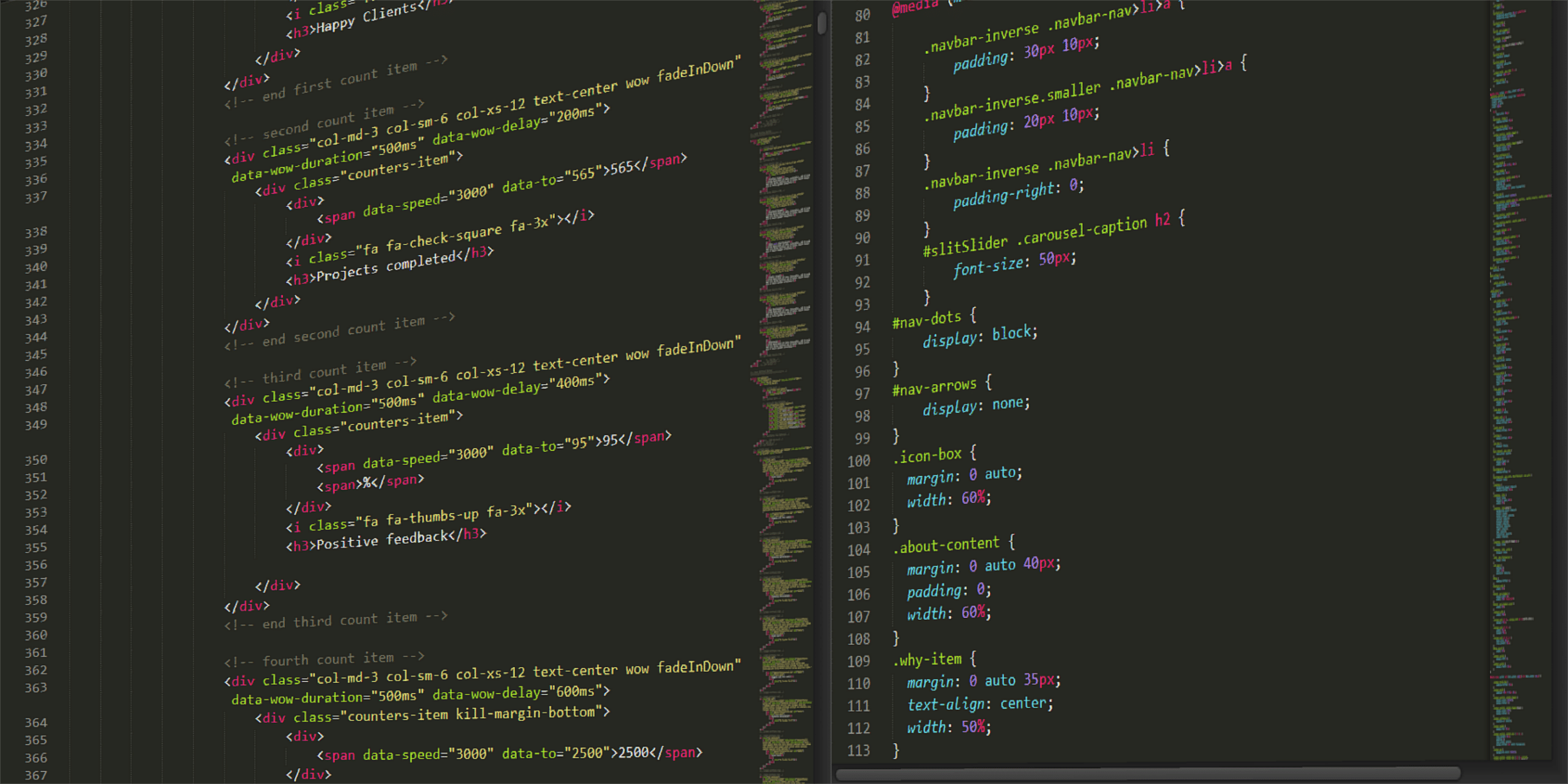Battle of the frameworks: Tailwind vs. Bootstrap
By Sean Lang

Are you embarking on a web development journey and debating between Tailwind and Bootstrap for your project? Both frameworks offer powerful tools and resources to streamline the development process, but they have distinct approaches and features. In this blog post, we’ll compare Tailwind and Bootstrap across various aspects to help you make an informed decision.
1. Philosophy and Approach
Bootstrap: Bootstrap is a comprehensive front-end framework that comes with pre-designed components and a grid system. It follows a convention-over-configuration approach, providing ready-made solutions for common UI elements.
Tailwind: Tailwind takes a different approach by providing a utility-first CSS framework. Instead of predefined components, Tailwind offers a set of low-level utility classes that you can combine to build custom designs. It promotes a more flexible and customisable approach to styling.
2. Customisation and Flexibility
Bootstrap: While Bootstrap offers a wide range of components out-of-the-box, customising its styles can sometimes be challenging. Overriding default styles or modifying components extensively may require additional CSS customization.
Tailwind: Tailwind shines in terms of customization and flexibility. With its utility-first approach, you have granular control over every aspect of your design. You can easily create custom designs without writing custom CSS, making it highly adaptable to different project requirements.
3. Learning Curve
Bootstrap: Thanks to its extensive documentation and large community, Bootstrap is relatively easy to learn, especially for beginners. Developers can quickly get started with its predefined components and grid system.
Tailwind: Tailwind has a steeper learning curve compared to Bootstrap due to its unique approach. It requires understanding the utility classes and how they interact to create designs. However, once mastered, Tailwind offers unparalleled flexibility and efficiency in development.
4. Performance
Bootstrap: Bootstrap’s predefined components and CSS file size can sometimes lead to larger overall file sizes, impacting page load times. However, its popularity ensures that many websites have cached versions of Bootstrap’s CSS, which can mitigate this issue to some extent.
Tailwind: Tailwind’s utility-first approach allows for more streamlined and optimized CSS output. By only including the utility classes you use, you can keep the CSS file size minimal, resulting in faster load times and improved performance.
5. Community and Ecosystem
Bootstrap: Bootstrap boasts a massive community of developers, extensive documentation, and a wide range of third-party themes and plugins. This rich ecosystem makes it easy to find solutions, templates, and support for your projects.
Tailwind: While Tailwind’s community is growing rapidly, it may not yet be as extensive as Bootstrap’s. However, it offers excellent documentation, official plugins for popular frameworks like React and Vue.js, and a vibrant community contributing plugins and resources.
Conclusion
Both Tailwind and Bootstrap have their strengths and are suitable for different types of projects and developer preferences. If you prefer a more opinionated framework with ready-made components, Bootstrap might be the way to go. On the other hand, if you value flexibility, customization, and performance, Tailwind offers a compelling alternative.
Ultimately, the choice between Tailwind and Bootstrap depends on your project requirements, development approach, and personal preferences. Experiment with both frameworks to see which one aligns best with your workflow and design goals. Happy coding!





